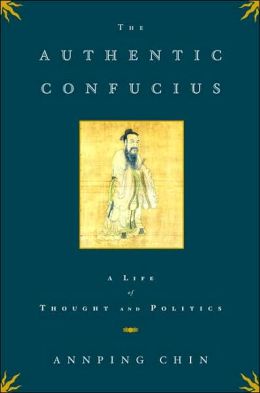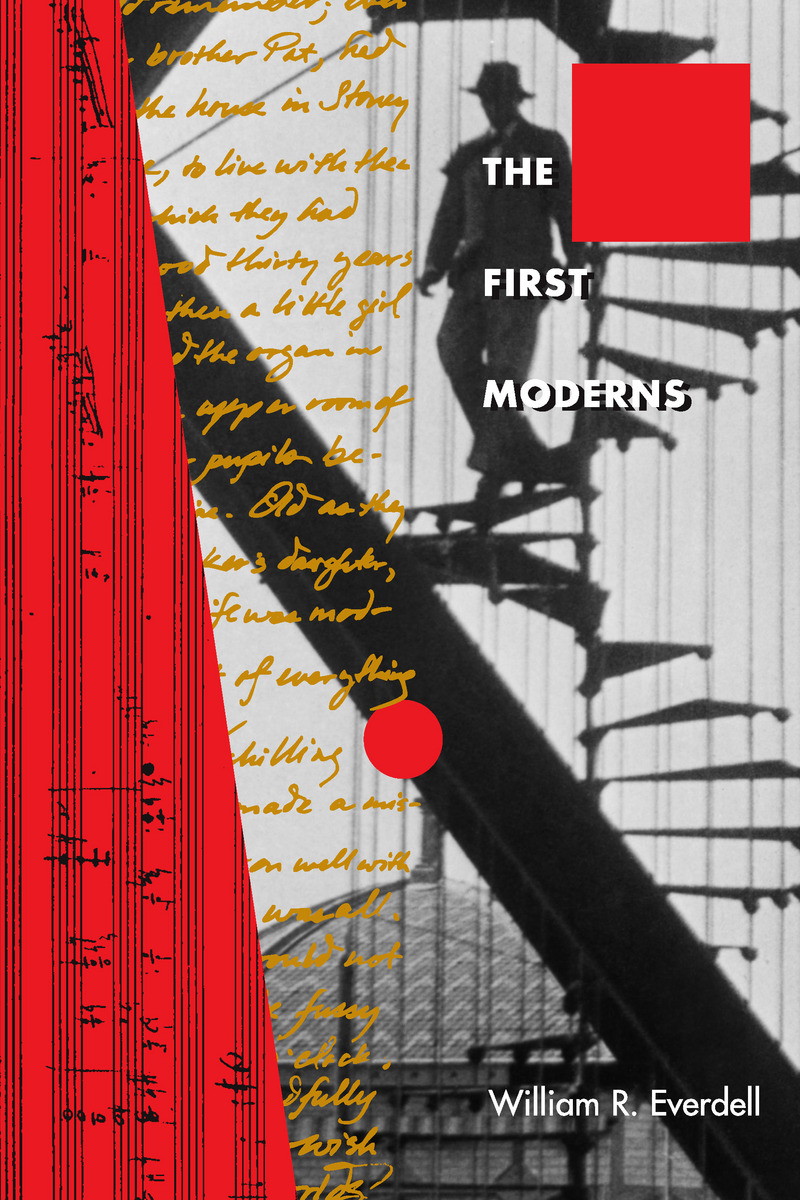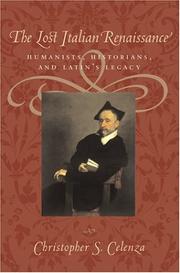[The above video is mostly a reading of the text below, with
an occasional aside thrown in for good measure as they strike me as
relevant. I welcome questions, comments,
or concerns about the material contained in this video.]
When reaching the end of a novel, rarely do I have so much to say, and also so little. This was my first experience with Gombrowicz, and it was a bewildering, exciting one. It has elective affinities with Kundera that make it a unique, and not wholly pleasurable, read. About one third of the way through the novel, I wasn’t sure that I would make it the rest of the way. The purely distilled, unrelenting psychological depictions of its characters and occasional absurdism can sometimes make it arduous, but this eventually lets up a bit. I stuck with it, and I’m glad I did. I think I had insisted a bit too much before I even began reading the novel that it would have somehow relate to the War, our relation to it, and how we react to it.
As has already been noted by other reviewers, the title is appropriate, but the novel is not “pornographic” in the sense that we usually use the word. Perhaps that’s why “Seduction” has often been used as a translation in the past. Instead the pornography here is a perversely pathological inspection of its central characters. While the novel is set only in Poland, Gombrowicz actually fled Poland shortly before the outbreak of World War II, thinking that he would wait it out; he would remain there for almost twenty-five years.
The two main characters in the novel, Fryderyk and Witold (again, like Coetzee, Gombrowicz tempts the reader with autobiography by using his name), conspire to get Henia and Karol romantically interested in one another, even though they hardly notice each other, and Henia is already engaged to a young attorney. Witold initially is the one who shows an interest in the young couple, however Fryderyk’s interest soon comes to border on the obsessive, conniving to have Henia’s fiancée catch them in a romantic tryst. Meanwhile, a Polish soldier fighting in the resistance movement heightens the tension of the story as several plots to kill him are eventually hatched within the household.
A fascination with youth apparently imbues much of Gombrowicz’s work (the effort to realize the romantic connection consumes an inordinate amount of time), including 1937’s “Ferdydurke,” which I look forward to reading. He views youth as a kind of purity, physical and perhaps ideological. He says in his play “The Marriage,” “Each person deforms the other person, while being at the same time deformed by them.” I find it interesting and telling how he chose to define the interaction between two people here as a kind of destruction instead of construction. It definitely sums up the bleak undertones of the novel, while also showing what a relentless psychologist Gombrowicz is.
A few words in closing: I have heard that Danuta Borchardt’s translation is the best one, so opt for this one, assuming you cannot read the original Polish. Also, do not approach it with some preconceived notion that it should be a philosophical meditation on war simply because World War II is its setting. I think this was one of the things that vitiated my reading pleasure the most. This novel certainly is not for everyone, but for those that love a thoughtful author – a real writer’s writer – I would recommend this.















